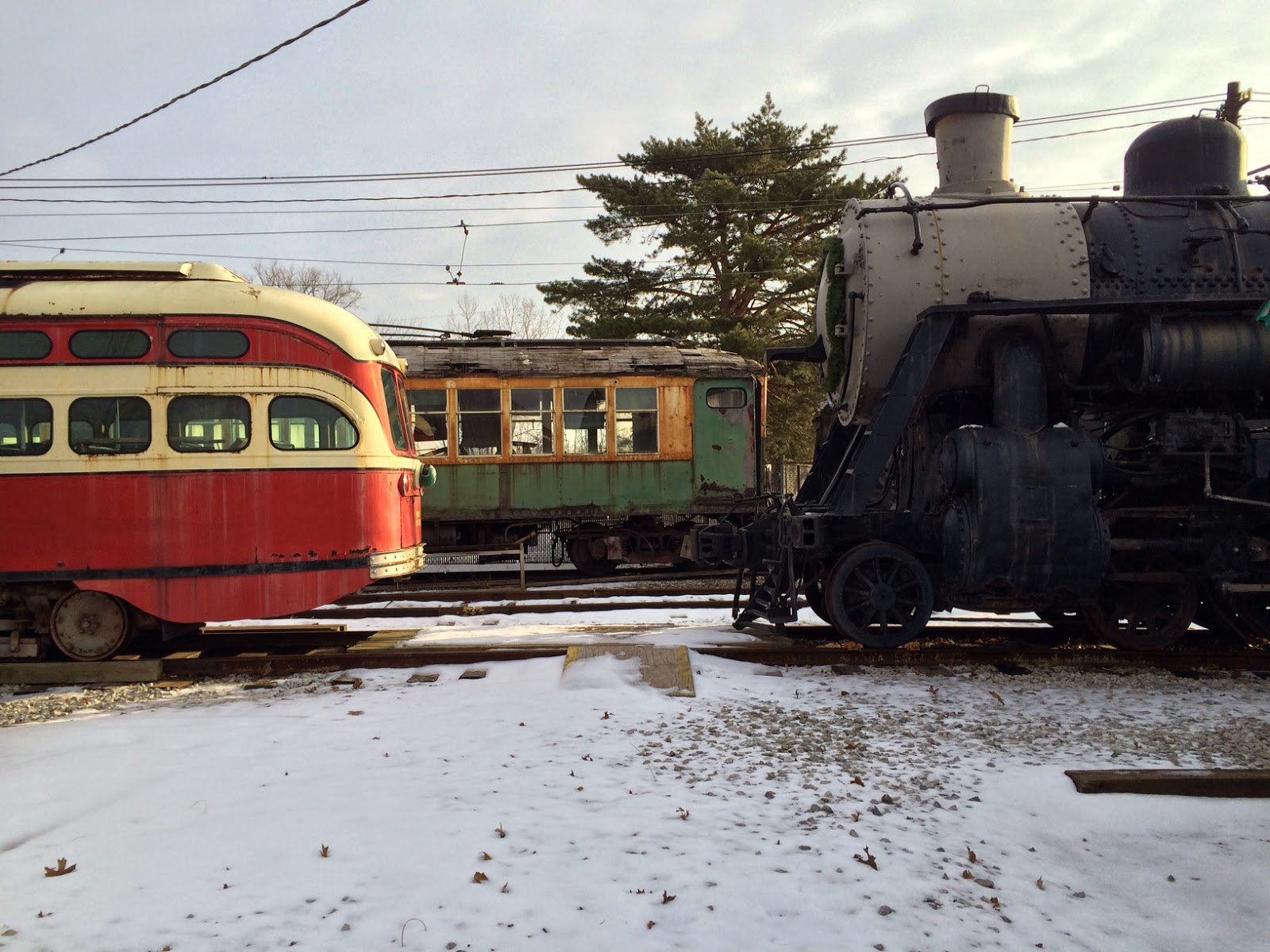Evidently, sales of this book have picked up ever since Colorado made certain public policy changes recently:
What is one to do in Downtown Denver without a rental car? I found myself standing outside of a shop in downtown. The word "Pharmacy" was in quotation marks on the sign, and a Jamaican flag was hanging out front. Instead of exploring it, I decided to go find some railroad-related activity to explore. It was snowing pretty heavily the day I was there, so I opted out of a cab trip to the Colorado Railroad Museum in Golden, which is mostly outdoors. I opted, instead for a trip to the Forney Museum in Denver. Randall has visited the museum before. Instead of rehashing Randall's visit, here are some observations:
They repainted the CB&Q business car in the paint scheme it wore in private ownership. The owners painted it up to celebrate the Illinois sesquicentennial.
I get a feeling that they chose to repaint the business car in this scheme as the car had an interior modified from its days on the Burlington.
The C&NW 4-6-0 is looking rather good, freshly repainted, right down to the tender herald:
I think this was a 1955 Chevrolet. My basis is the shape of the grille. Any other guesses?
This former Colorado & Southern wooden coach hid some ghastly secrets:
Model T Fords do not have a lot of leg room.
The backhead of the Union Pacific Big Boy 4005 is well labeled.


















.jpg)
.jpg)
.jpg)
.jpg)
.jpg)
.jpg)
.jpg)
.jpg)
.jpg)





.jpg)
.jpg)
.jpg)
.jpg)
.jpg)
.jpg)
.jpg)








.jpg)
.jpg)
.jpg)
.jpg)
.jpg)
.jpg)
.jpg)
.jpg)
.jpg)
.jpg)
.jpg)
.jpg)